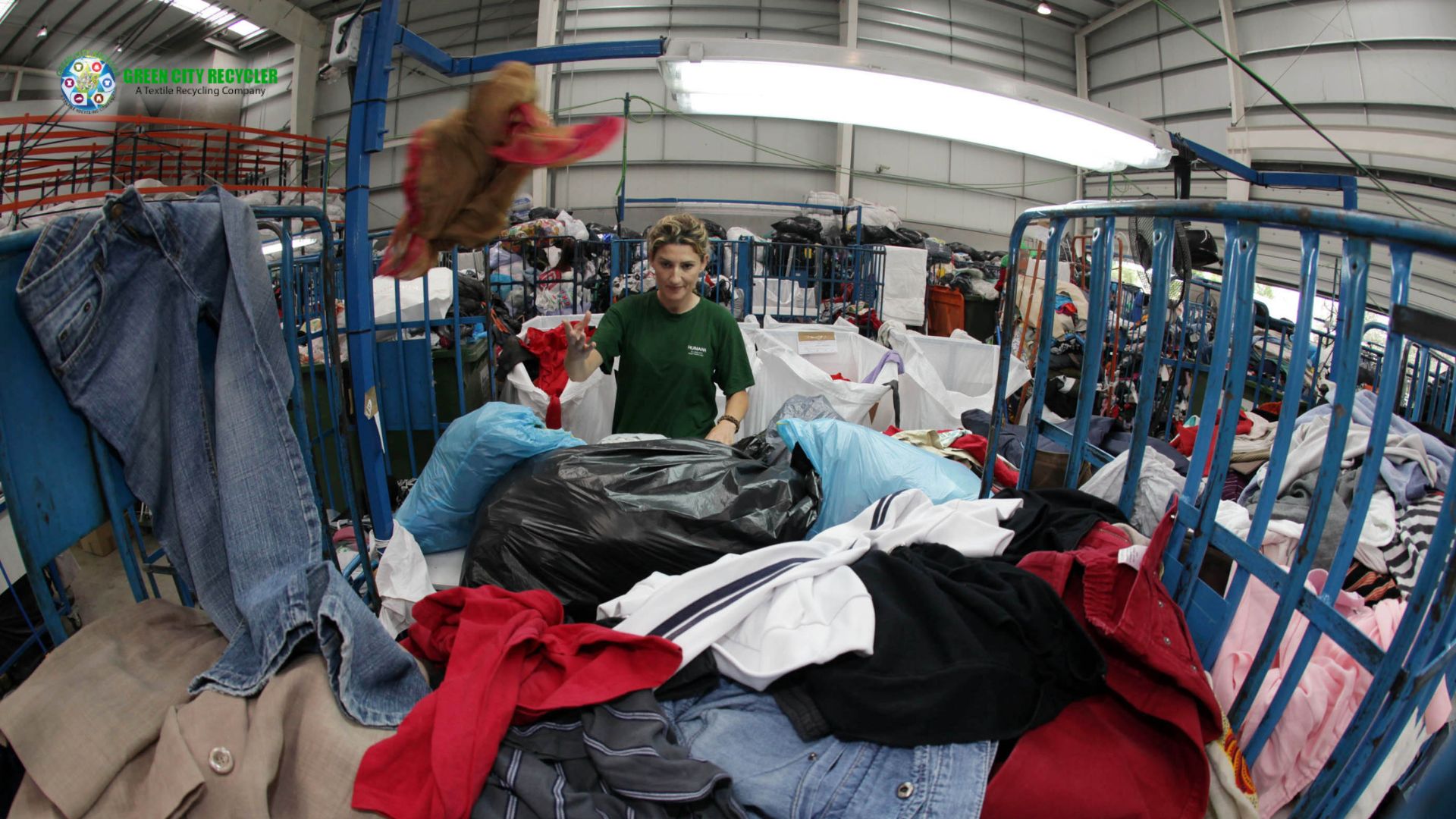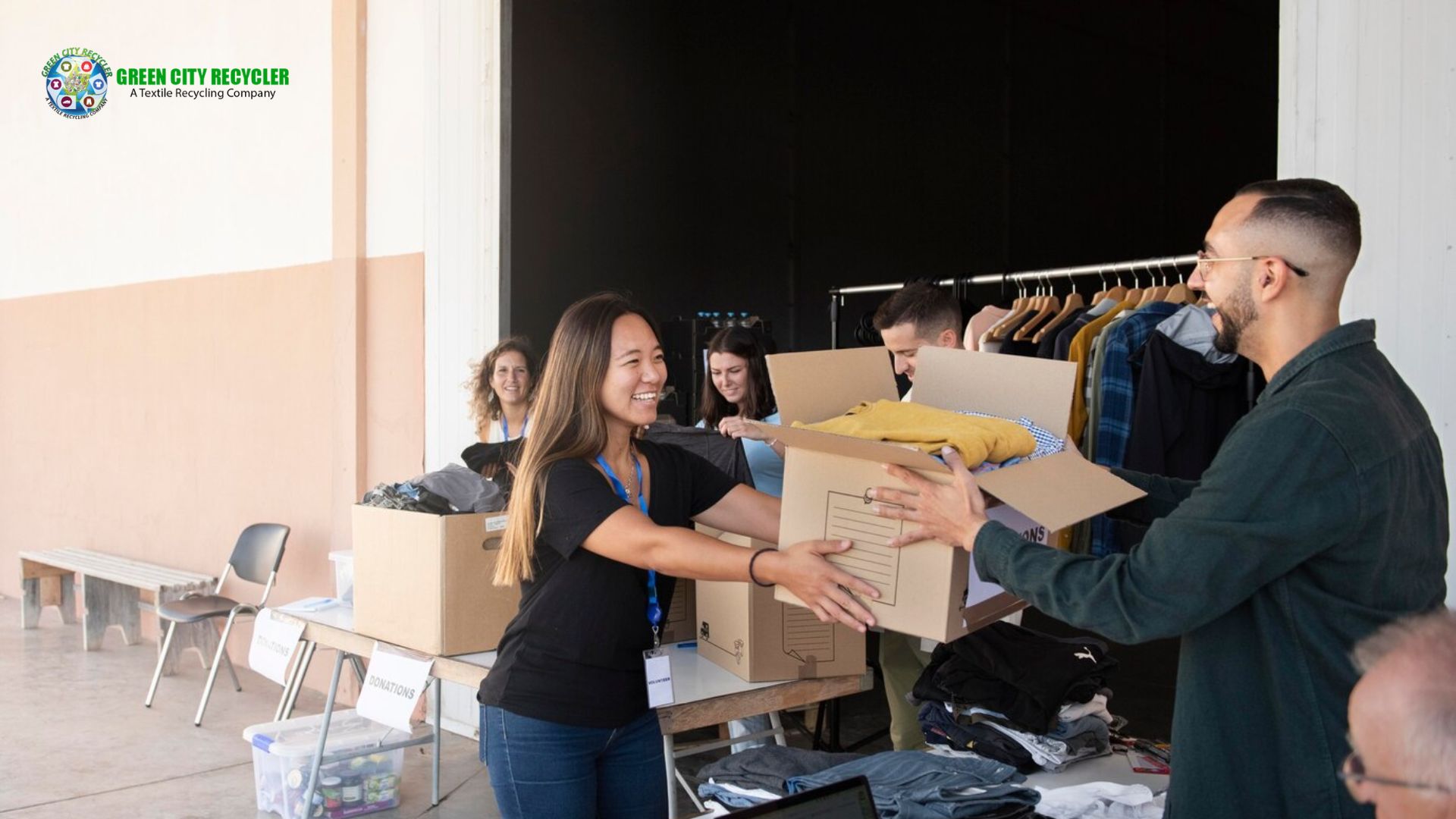With millions of clothes and fabric thrown annually, textile waste is a major issue of concern globally. Along with clogging landfills, this garbage pollutes the environment by depleting resources. The great news is everyone of us can help to reduce this issue. This is a basic guide to help you know how to reduce textile waste, save money, and assist in creating a better world.
Know the problem
Knowing how to reduce textile waste is a big issue that enables one to approach it. Cheap, stylish, fast fashion—a type of manufacturing—has caused a boom in consumption and disposal. Studies show that the majority of the average person’s 37 kg of textiles thrown out yearly wind up in landfills. Further taxing the environment, textile manufacturing calls for enormous volumes of chemicals, electricity, and water.
Little but significant adjustments will help us break out of this wasteful loop.
Choose Wisely, Buy Less
Buying less clothing is one of the easiest types to cut textile waste. Replace impulse buying with an emphasis on quality above quantity:
Buy classic items: Choose traditional styles in your clothes that won’t go out of trend.
Examine the content: Look for eco-friendly, long-lasting materials like wool, linen, or organic cotton that will last.
Consider flexibility: Select garments you can mix and combine to make several ensembles.
Purchasing less saves money and helps to lower waste!
Store Secondhand Goods
Thrift stores, local shops, and internet sites like Depop and Vinted provide a green substitute for new clothing. Buying used goods gives clothing a second life and keeps it out of landfills.
Advantages of thrifting secondhand
- It’s within reasonable prices.
- One-of-a-kind, different items abound here.
- It lowers the demand for fresh clothes manufacture, saving resources.
Sell or donate unwanted clothing.
It is very important to know how to reduce textile waste. Instead of discarding your old clothes, consider selling or giving them away. Several nonprofits and groups welcome gently used clothes to assist people in need. Apps, neighborhood marketplaces, or social media are some ways you might market your goods.
Pro Tip: Sort your giving. Give away only wearable, clean, undamaged clothing. Research textile recycling process for things beyond repair.
Upcycle and Use Again
Get artistic and transform outdated clothing into something fresh! Upcycling cuts waste and gives worn-out clothing new life.
The following are some suggestions:
- Cut old jeans into shorts or tote bags.
- Cut used-out t-shirt rags for cleaning.
- Create quilts or patchwork designs from scraps.
Apart from being enjoyable, upcycling offers an opportunity to show your creativity and pick up fresh talents.
Learn Simple Fixing tips.
A little tear or missing button shouldn’t mark the end of a garment’s life. Learning simple sewing techniques can cut waste and save money. Easy repairs, such as mending pants, fixing holes, or replacing zippers, can be taught through YouTube tutorials and online courses.
You cut your eco effect and lessen your need for new purchases by prolonging the life of your clothing.
Sort Textiles for Recycling
Recycling is an excellent choice in considering methods of how to reduce textile waste and if your clothing is too damaged for donation or upcycling. Many companies and brands have textile recycling protocols whereby shredded fabrics are transformed into fresh materials for goods, including insulation, rugs, or industrial rags.
Even someone gives you vouchers or discounts when you bring in old clothing for recycling.
Choose Eco-friendly Companies
prioritize eco-friendly and ethical behavior. Search for roofing based companies that provide fair wages to employees, cut waste during the process, and employ eco-friendly products. Certifications, such as Fair Trade and GOTS, the Global Organic Textile Standard, are good markers of ethical behavior.
Selecting ethical companies helps the fashion business to follow more equitable and eco-friendly policies.
Organize a clothing swap.
One creative approach to updating your wardrobe without spending money is clothing swaps. Ask friends, relatives, or neighbors to bring clothing they no longer wear and then swap goods among one another.
However, a terrific method to connect with people and give unwanted objects a new life is with swaps.
Watch Your Laundry Habits
Your washing technique might also affect textile waste. Overwashing and incorrect treatment can cause premature disposal and wear out materials more quickly.
Here are some pointers:
- Get less frequent washing. If a garment seems not obviously soiled, air it rather than wash it.
- Set the water cold. This cuts fabric damage and saves energy.
- Try not to use dryers. To maximize their lifetime, line-dry clothing.
- Sort with a microfiber filter or guppy bag. These instruments catch microplastics shed from synthetic garments and keep them out of streams.
Instruct Others
Reducing textile waste requires awareness. Tell friends and relatives what you have discovered, and inspire them to follow eco-friendly practices. Working together, we can set off a domino effect, making long-lasting transformation.
Supporting Policies
Although people’s behavior counts, addressing textile waste requires systematic change. Support programs aimed at trash reduction and recycling. Participate in campaigns or petitions for a better fashion business.
Last Words
Reducing textile waste need not be a difficult chore. You can really make a difference with a few basic adjustments by knowing how to reduce textile waste. Choose to buy less first, then concentrate on classic, timeless things that will last. Fix and repurpose what you currently have to prolong the life of your clothes; when it comes time to get rid of things, make sure they are either recycled properly or given. You also vote for a better fashion business by helping environmentally friendly businesses that give sustainability and ethical behavior first priority.
Why Pick Green City Recycling?
Leading textile recycling company Green City Recycler is dedicated to lowering landfill waste and supporting eco-friendly living. They make it simple for people and companies to properly get rid of extra clothes, shoes, and house linens. Moreover, working with them ensures that your goods are recycled into new materials, therefore reducing their impact.
However, their handy drop-off sites and alliances make recycling available to everybody. By keeping textiles out of landfills, preserving natural resources, and promoting a circular economy, therefore choosing them helps to support a better future. Join the movement and help Green City Recycler have a positive influence.



